As news cycle spins, fires still burn
While politics dominates the news cycle, we cannot overlook the wildfires decimating the American west.
Photo Courtesy of Bethan Baker, Fort Collins Coloradoan, via Associated Press.
Flames from the Cameron Peak Fire, the largest wildfire in Colorado history, burn trees along a ridge outside Estes Park, Colorado, Friday, October 16, 2020.
Fire shows no mercy. It does not pick favorites. You cannot make it turn around and go back the other way just to avoid decimating your precious home. Its terror is unrelenting, as it spreads, and spreads, until everything in its path is incinerated. Fire only seems to have one goal in mind – destruction.
Adding to the mess that is 2020, wildfires have entered the scene, and in full force as well. While fire seasons on the west coast have always been prevalent, this year’s have proven to be worse than ever before, with fires across 15 states ranging in size and severity. Some states like Colorado have seen the largest wildfires ever recorded – the Pine Gulch Fire, burning roughly 139,000 acres. States that have never before been seen as “hotspots” for wildfire, like Florida or Alaska, are amongst those suffering this year. As the news cycle constantly evolves, and America zeroes in evermore on the election that is just weeks away, we cannot overlook the fact these fires are still burning.
The state of California has faced the most devastation amongst the states currently battling these disasters.
“Since the beginning of the year, there have been over 8,500 wildfires that have burned well over 4.1 million acres in California. To date, the total number of fatalities statewide is 31 and more than 9,200 structures have been destroyed,” as reported in the California Daily Update provided by CAL FIRE on October 15th.
People’s lives have been uprooted as they are forced to evacuate leaving their homes behind. CAL FIRE has reported the destruction of 9,247 buildings with an estimated cost of $10 billion in total damages.
Parts of the pristine wilderness and scenic landscapes that were once mesmerizing have turned into barren wastelands of ash. The Glass fire of California has put the fate of the infamous wine countries of Napa Valley in grave danger. The state of Oregon is currently witnessing fires in areas that have remained unscathed for decades.
One of the many problems created by the fires has been air quality. In addition to the coronavirus, those living in areas riddled with wildfires have to be even more vigilant of the air they breathe. Air quality has been deemed “unhealthy” and even “hazardous” to those looking at the weather apps on their phones. This puts those with already compromised respiratory systems at extremely high risk for illness. Smoke from the fires is reportedly being witnessed all the way from the East Coast as well as millions of miles away from space as reported by NASA.
Scientists, politicians, and educators throughout the nation have concluded that the increase in wildfires, amongst the increase of other natural disasters, is the formidable effect of climate change. The people of America have been made cognizant of climate change and its eventual effects before, but as time moves on, the flame seems to be moving closer to home, for all of us.
“What strikes me is that the future we were really worried about and that us climate scientists talked about for decades, we’re living through that now,” University of Washington research scientist Susan Prichard said in an interview with Denise Chow for NBC News.
Now more than ever before, scientists, and even the American people, are faced with figuring out how to combat the advancements of climate change before the damage becomes irreversible. This year’s wildfires have sparked a chain of proposals, plans, and promises by policymakers as we approach the 2020 election. Many believe that the fate of this election will be what determines whether or not disasters like wildfires will continue to damage, or even take over, our beautifully crafted landscapes.
As wildfires and disasters across the country continue to accumulate, many will continue to express their concerns for the safety of the environment in which we rely on to survive. Of the many questions to be posed, and the many solutions to be presented, I think we can all agree that change needs to happen, but how much longer are we willing to wait before the clock runs out?


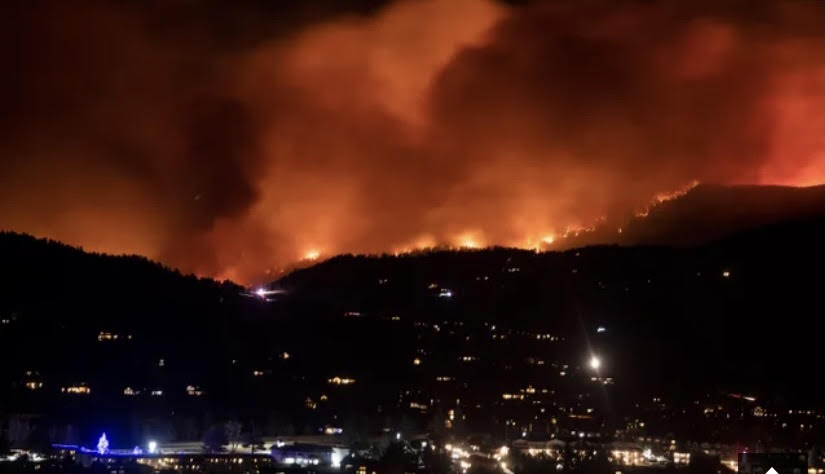




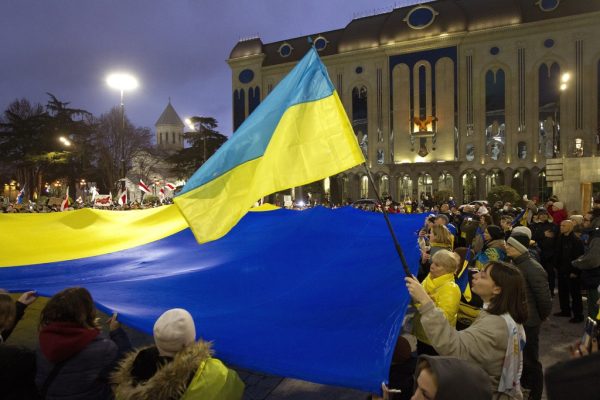
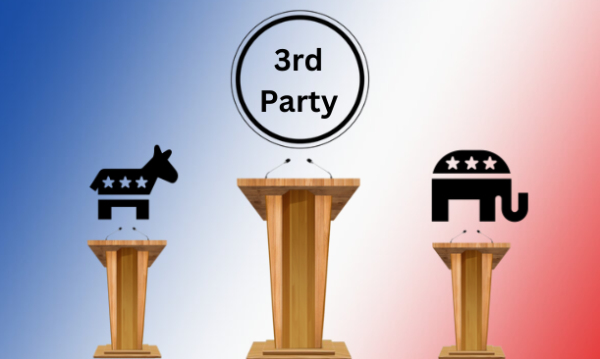

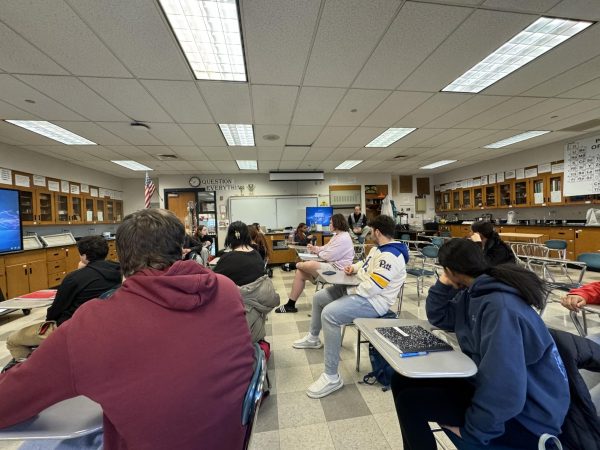
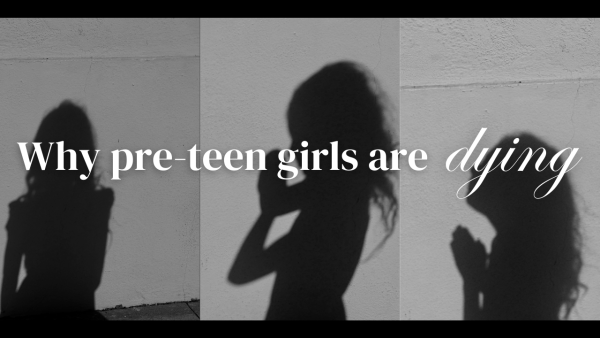

Declan Lanier • Oct 20, 2020 at 10:22 pm
The fires are a result of Arson. The out of control fires are due to arson and poor forest management. In recent weeks, 13 named individuals have been arrested on crimes of Arson.